Plasma polymerization technique is used to modify the surface of a biologically inert substrate for the purpose of enhancing cell adhesion.
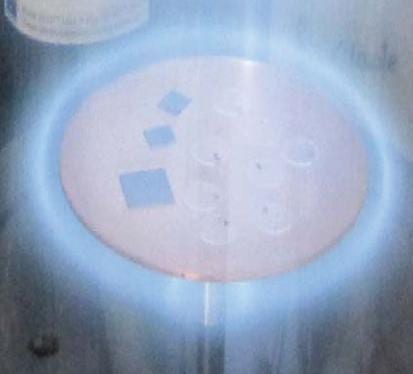

Plasma polymerization technique is used to modify the surface of a biologically inert substrate for the purpose of enhancing cell adhesion.
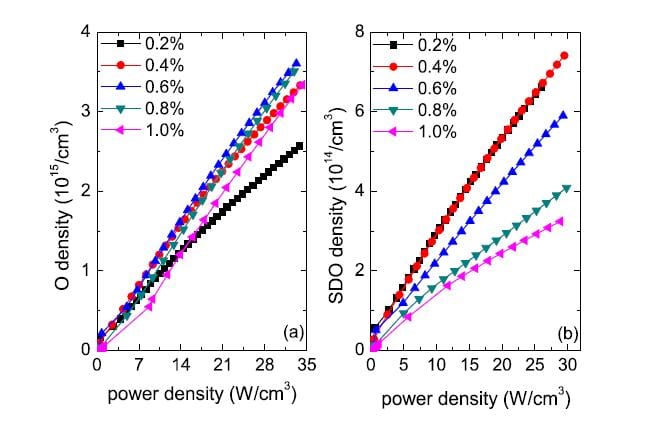
In plasma medicine reactive oxygen species are attracting increasing attention due to their wide potential applications.
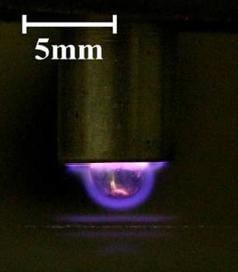
New research studies a combination of electrosurgery and plasma chemistry for tissue removal with less heat generation but maintaining fast dissection of tissue.

New work in nanotechnology: nanotexturing of plastics improves anti-reflectivity.
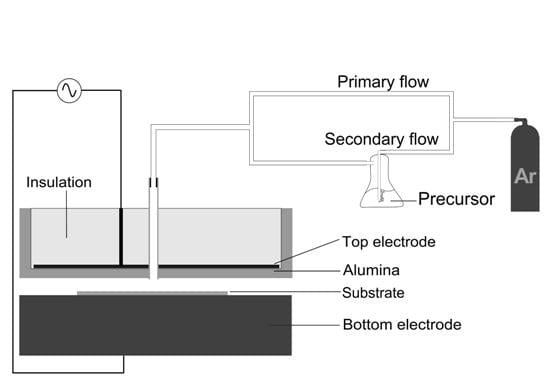
Environmentally friendly coatings for use as a primer between aluminium alloys and acrylic paints?
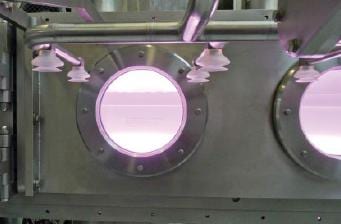
A research group have developed the first commercial plasma sterilization system integrated in a pharmaceutical filling line.
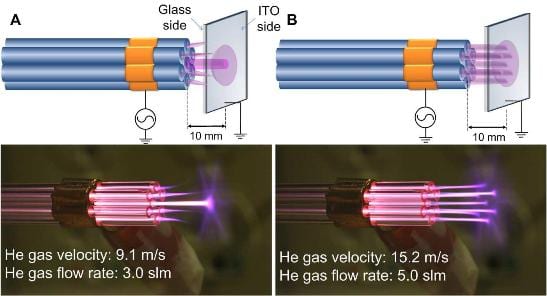
New plasma jet-to-jet coupling opens new dimensions in the field of high-energetic plasma applications.
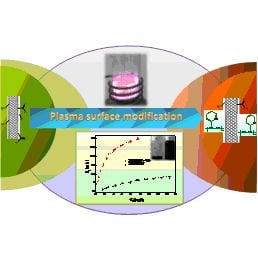
Scientists at Institute of Plasma Physics, CAS, have developed a way to modify multiwalled carbon nanotubes to enhance their dispersion properties and adsorption capacities
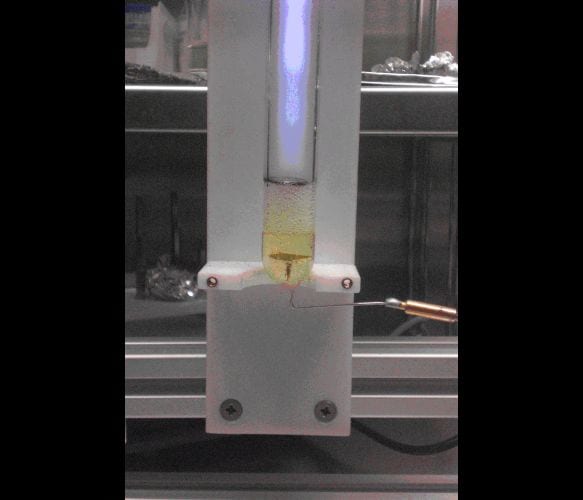
Copper nanoparticles can be made due to the interaction of an argon plasma with CuCl (CuCl2) ionic liquid solutions.

Riccardo d’Agostino, Editor-in-Chief of Plasma Processes and Polymers, tells MaterialsViews about the new debate section in the journal.